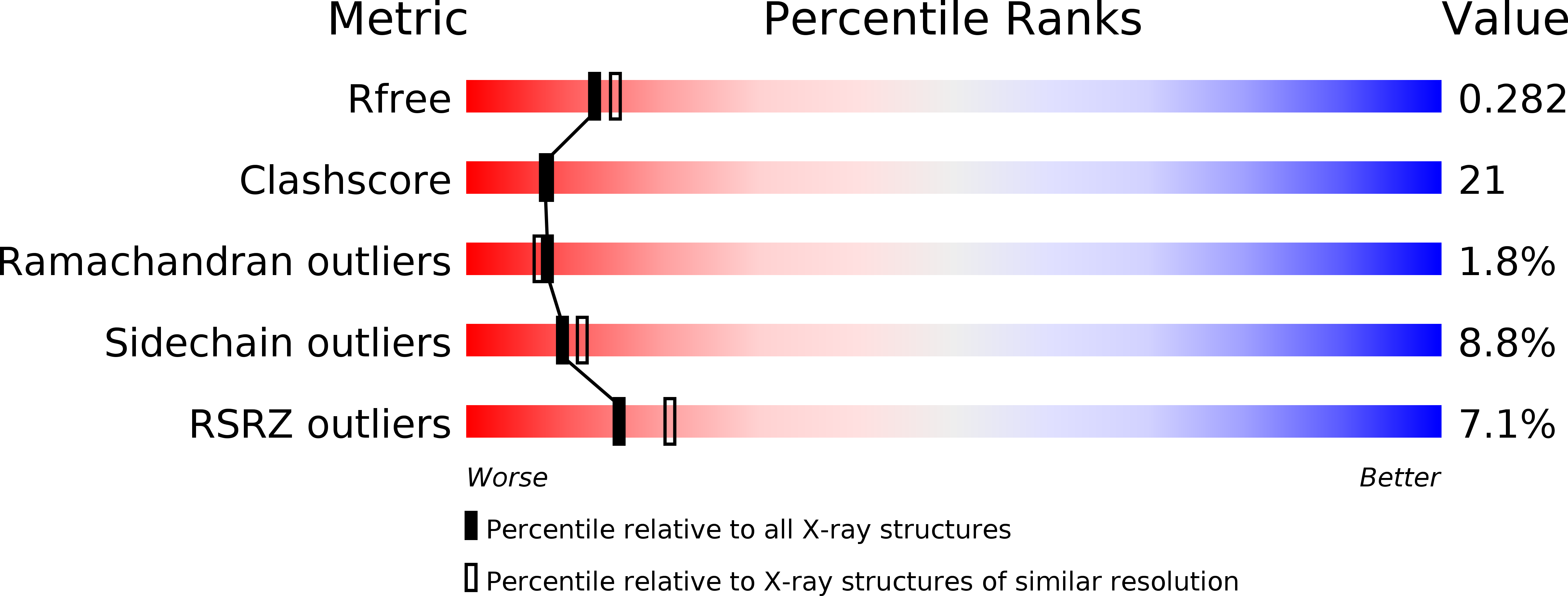
Deposition Date
2008-04-09
Release Date
2008-06-03
Last Version Date
2024-02-21
Entry Detail
PDB ID:
3CS8
Keywords:
Title:
Structural and Biochemical Basis for the Binding Selectivity of PPARg to PGC-1a
Biological Source:
Source Organism:
Homo sapiens (Taxon ID: )
Host Organism:
Method Details:
Experimental Method:
Resolution:
2.30 Å
R-Value Free:
0.28
R-Value Work:
0.22
R-Value Observed:
0.22
Space Group:
C 1 2 1


